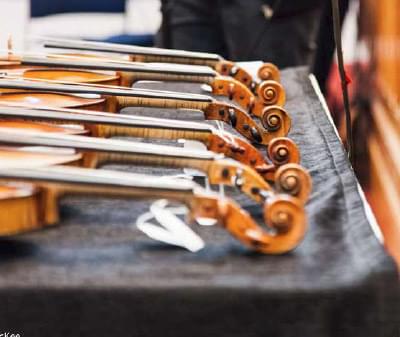Notable Sales: William Forster III
William Forster Junior, sometimes referred to as ‘Young Forster’, was born in 1764 and worked with his father from the age of 15. He became a partner in the business in 1800. Over the next quarter of a century he worked in York Street, The Strand and Lisle Street, continuing the work of his father but gradually abandoning the Amati and Stainer models which were popular in the 18th century and adopting the Stradivari model. His cellos are particularly sought after.
(London, b 1764; d 1824)
William Forster Junior, sometimes referred to as ‘Young Forster’, was born in 1764 and worked with his father from the age of 15. He became a partner in the business in 1800. Over the next quarter of a century he worked in York Street, The Strand and Lisle Street, continuing the work of his father but gradually abandoning the Amati and Stainer models which were popular in the 18th century and adopting the Stradivari model. His cellos are particularly sought after.
We offer buyers and sellers a bespoke private sale service, sourcing exceptional instruments and bows and matching them with the most discerning buyers.
More InformationTim Ingles and Paul Hayday will offer an initial evaluation of the authenticity and value of your instrument or bow to recommend an auction estimate and reserve price.
Enquire
Tim Ingles and Paul Hayday will offer an initial evaluation of the authenticity and value of your instrument or bow. At this stage, the assessment is free and without obligation. In the first instance, we suggest submitting good-quality images to us, preferably by email to info@ingleshayday.com or by completing the valuation form.
Read more